This is possible to do by defining a new transformation (a "signed log", sign(x)*log(abs(x)); the asinh transformation suggested by Histogram with "negative" logarithmic scale in R might be more principled, or a signed square root as suggested in the comments above), but I question whether it's a good idea or not. Nevertheless ... ("Teach a man to fish and you feed him for a lifetime; give him a rope, and he can go hang himself ...") ... you can define your own axis transformations via trans_new as shown below.
Setup:
library(ggplot2); theme_set(theme_bw())
set.seed(101)
df <- data.frame(x=rnorm(5000,0,1000))
Set up the new transformation:
weird <- scales::trans_new("signed_log",
transform=function(x) sign(x)*log(abs(x)),
inverse=function(x) sign(x)*exp(abs(x)))
Try it out -- first on the raw points:
ggplot(df,aes(x,x))+geom_point()+
scale_y_continuous(trans=weird)

Now on the histogram:
ggplot(df, aes(x = x)) + geom_histogram()+
scale_x_continuous(trans=weird)

Things you should worry about:
- this transformation is going to be nonsensical when you have values between -1 and 1
- you might have to worry about transforming the axis of a histogram without scaling bin height appropriately: it may give you a misleading impression of the probability density -- although in this case
ggplot(df, aes(x = weird$transform(x))) + geom_histogram() looks about the same as the plot above ...




